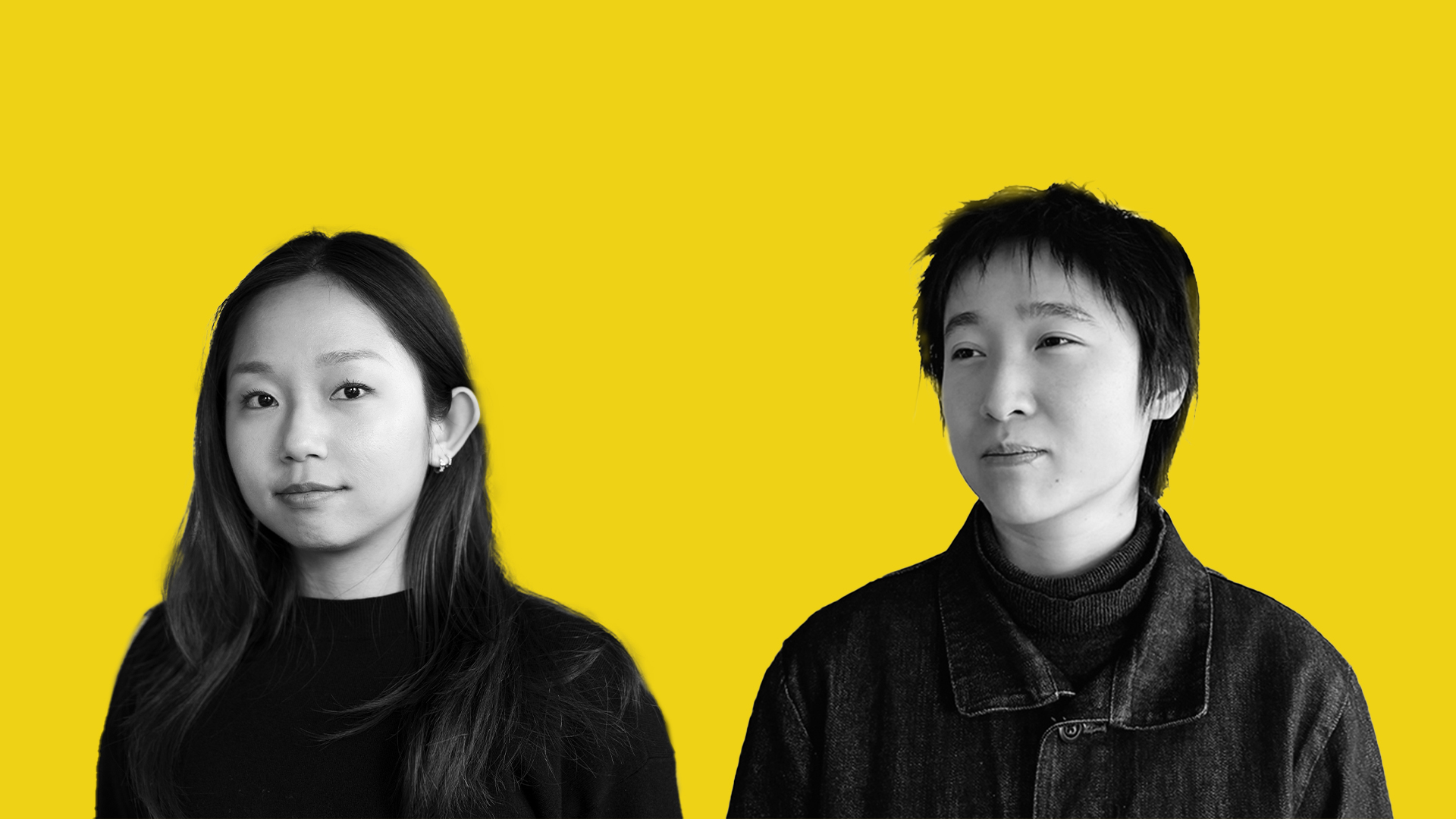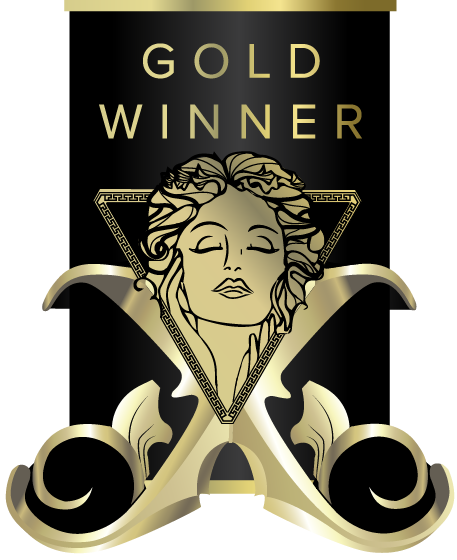
Interview
Siyu Zhu & Yijia Tang
1 Congratulations on winning the MUSE Design Awards! Can you introduce yourself and share about what inspired you to pursue design as a career?
Siyu Zhu: I am an architect, researcher, and educator working in the field of architectural design. I hold a Master of Architecture degree from Harvard University, earned with several academic honors. I have practiced both in the US and internationally and have taught studios and served as a visiting critic at institutions including Harvard GSD, Northeastern University, and Boston Architectural College. Yijia Tang: I am an architect and researcher currently based in Boston. I received a Master of Architecture degree from Harvard University, where I was awarded the Julia Amory Appleton Traveling Fellowship to conduct research titled “Curtains in Architecture,” a project we collaborate on through our practice, PROP. I have previously collaborated with artists and academic labs on installations and multimedia exhibitions and have worked with architecture firms in New York, Shanghai, and Paris. Outside of work, I have served on juries at Harvard College, Harvard GSD Design Discovery, and Northeastern University. Siyu Zhu & Yijia Tang: Together in PROP, we see design as a way of understanding and intervening in the world. Growing up in Shenzhen, we both witnessed the rapid transformation of our city. That experience shaped our belief in the power of architecture to impact daily life. For us, good design is not about scale or cost but about a sensitive response to context, history, material, and human connection.
2 What does being recognized in the MUSE Design Awards mean to you?
Receiving the 2025 MUSE Design Awards is a tremendous honor and a meaningful recognition of our team’s dedication to thoughtful, sustainable, and innovative architecture. It affirms our approach and energizes us to continue pushing boundaries. The award raises our profile in the global design community and reinforces our mission to address cultural, social, and ecological issues through design.
3 How has this achievement impacted your career, team, or agency, and what opportunities has it brought so far?
Winning the 2025 MUSE Design Award has been a significant milestone, bringing new visibility and encouragement to our work. It validates our focus on cultural infrastructure and strengthens our motivation to deepen our engagement with the histories, communities, and ecologies that shape our projects. This recognition has sparked interest from new collaborators, and we are optimistic about the opportunities ahead.
4 What role does experimentation play in your creative process? Can you share an example?
Experimentation in our work means rethinking assumptions and reconfiguring what is already at hand. Architecture often carries historical, political, and social conventions, which can be easy to treat as fixed. We believe meaningful innovation comes from close observation and inventive reinterpretation. In our Gold-winning project, "Eye for Earth, Eye for Sky," we tested several strategies to integrate the museum into the site without competing with the existing mining tower. Eventually, we extended the tower’s pitched roofline and tucked the new volume beneath it. This form supported the spatial narrative of descending into the earth and informed the rest of the design.
5 What's the most unusual source of inspiration you've ever drawn from for a project?
We’re often playful in sourcing inspiration. One of our recent installations was inspired by George R. Lawrence’s massive 1900 camera obscura. Designed to photograph a train on a giant glass plate, the camera had bellows large enough to hold several men and resembled a locomotive-sized viewfinder. This object inspired a wooden pavilion shaped like a telescope, clad in cyanotype fabric printed with nearby tree shadows. In another project, we designed a bench system made of recycled prefabricated wood, shaped in waves around a fountain. The bench profile allows for leaning, lying, and passage, transforming a simple element into a spatial experience.
6 What’s one thing you wish more people understood about the design process?
We often say—and teach in our studios and reviews—that design is not a linear path. It’s more like a loop or a web, where every decision affects the whole. We also believe that the process itself can be designed. When structured thoughtfully, it allows unexpected ideas to emerge through the relationships between constraints, concepts, and materials.
7 How do you navigate the balance between meeting client expectations and staying true to your ideas?
We stay flexible throughout the process. As a project develops, its internal logic strengthens and begins to guide the final form. We don’t hold on to early ideas too tightly. Instead, we try to discover the essence of a project as it unfolds. That essence is shaped by negotiations with the site, budget, codes, and construction methods. Our role is to recognize it when it surfaces.
8 What were the challenges you faced while working on your award-winning design, and how did you overcome them?
The key challenge was integrating new interventions with the historical mining context. We approached this by choreographing a spatial sequence—underground, embedded, and elevated—each responding sensitively to the site and materials. These gestures not only shaped the visitor experience but also preserved the landscape and built memory as integral parts of the project. We also devoted significant time and effort to developing an innovative structural and material strategy. The museum is built with a lightweight timber filigree frame clad in industrial canvas—materials that are both sustainable and recyclable, while also rooted in local building traditions. The spa is partially buried underground: in summer, it is naturally warmed by sunlight above; in winter, it is passively heated by the earth through its lower portion, creating a self-sufficient thermal system. The lodge is constructed using upscaled timber and a modular prefabricated partition system, allowing it to be assembled and disassembled with minimal impact on the surrounding natural landscape.
9 How do you recharge your creativity when you hit a creative block?
We look at references, review each other’s ideas, and sometimes ask friends and colleagues for feedback. At other times, we step back from the work and dive into related disciplines such as building technology, anthropology, history, or contemporary art. Distance often helps us see things more clearly, and our design is frequently informed—both implicitly and explicitly—by what we learn during these explorations.
10 What personal values or experiences do you infuse into your designs?
Our interdisciplinary and cross-cultural backgrounds shape the way we work. We believe good design can begin from many different starting points but should always lead to a specific response to context. Design can serve as a bridge between cultures and people, creating shared understanding through space.
11 What is an advice that you would you give to aspiring designers aiming for success?
Take responsibility for the larger systems your work participates in. Design is not just personal expression—it’s a contribution to our collective ecological and cultural future. Consider sustainability, local values, and heritage in every decision.
12 If you could collaborate with any designer, past or present, who would it be and why?
We would choose Lilly Reich, whose work has often been overshadowed by her collaborator, Mies van der Rohe. Her design intelligence and contributions to modernism are deeply inspiring. Her Velvet and Silk Café is a key precedent in our ongoing research on curtains as spatial elements. As female architects, we admire her legacy and see her as a paradigm of great design in architectural history.
13 What's one question you wish people would ask you about your work, and what's your answer?
We’d borrow from Norman Foster’s famous question, “How much does your building weigh?”—but for us, the question becomes, “How long does your building last?” not just structurally, but culturally, as we strive to design in ways that outlive a building’s physical life through memory, adaptation, and the afterlives it inspires.




